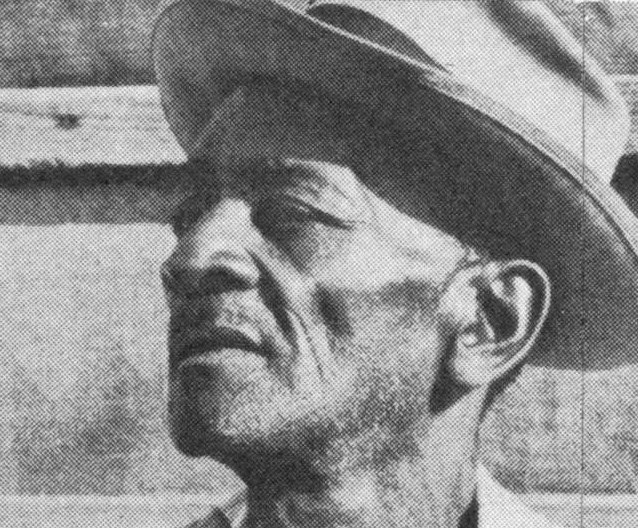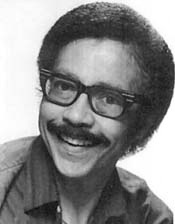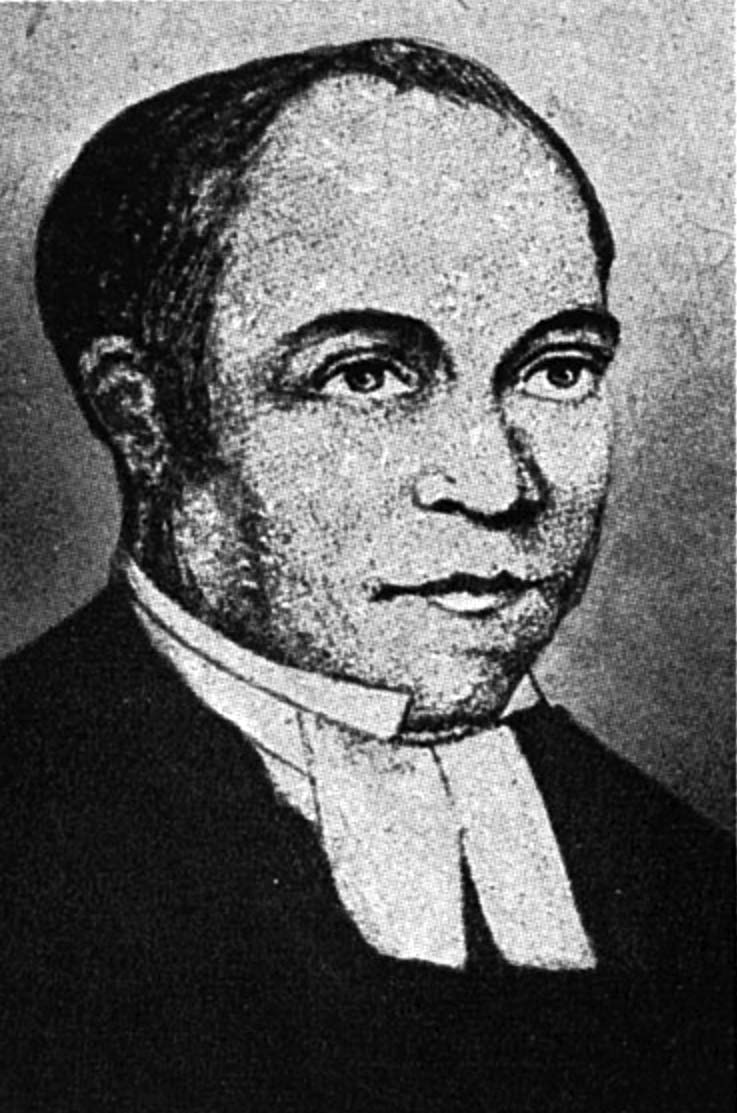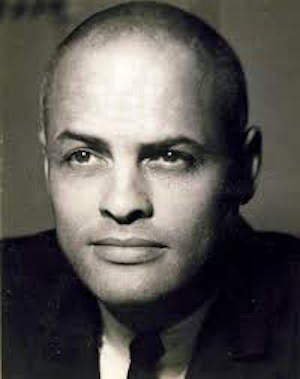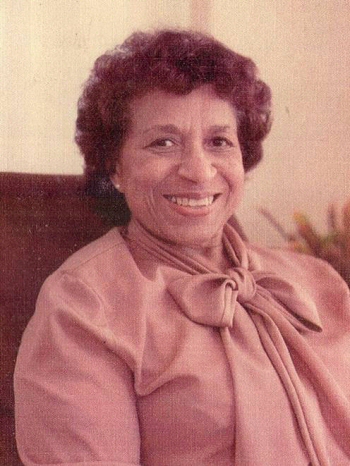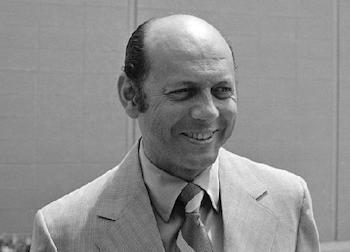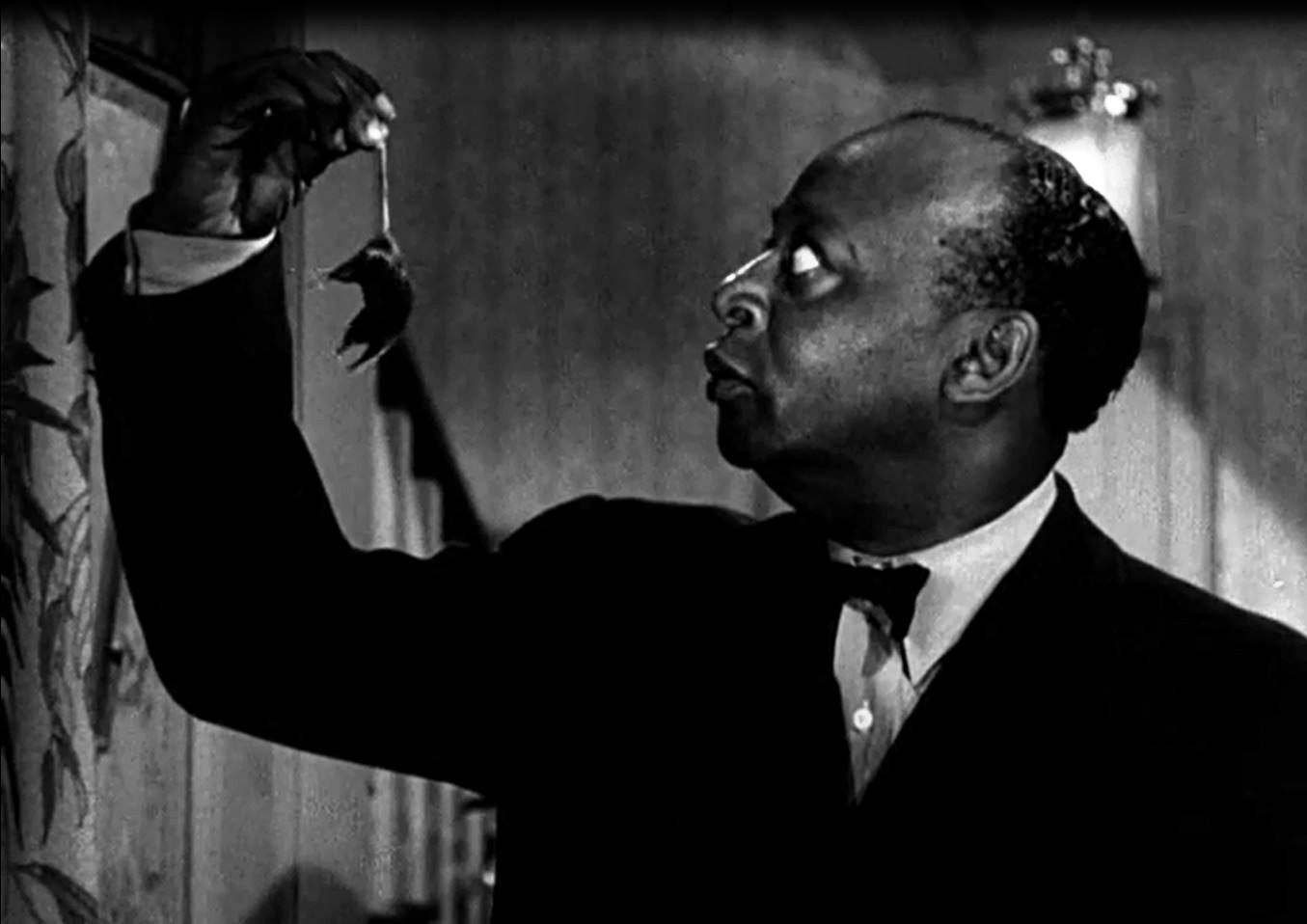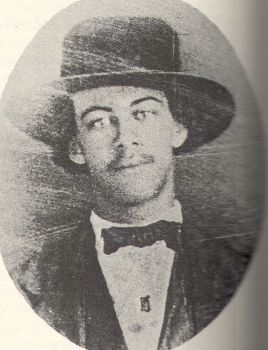Mance Lipscomb was a blues singer, guitarist, and songster, born Beau De Glen Lipscomb on April 9, 1895, to an African American father and an African American and Native-American mother in Navasota, Texas. Lipscomb’s father left the family when he was a young child, resulting in him having to leave school in the third grade to work the fields alongside his mother. He spent most of his life as a tenant farmer in Texas.
When Lipscomb was fourteen, his mother bought him a guitar for $1.50. He learned to play the instrument and became an accomplished performer, playing at local gatherings in what he called “Saturday night suppers.”
In 1960, music producer Chris Strachwiz of Arhoolie Records and blues fan Mack McCormick arrived in Navasota, Texas, where they discovered and recorded Lipscomb. The trio’s work produced what would become Arhoolie Records’ first LP and Lipscomb’s first album called Texas Sharecropper and Songster. The following year, Lipscomb would release his second album, Trouble in Mind. The album included singles like Careless Love, Alabama Bound, Night Time is the Right Time, Motherless Children,” and “Trouble in Mind.” The album did not chart and failed to sell at least 500,000 copies. In 1963, Lipscomb and other folk artists, including Bob Dylan and Peter, Paul, and Mary, appeared at the first Monterey Folk Festival. Lipcombs would work with other artists, including Willie Nelson, Pete Seeger, and the Grateful Dead. Fans of his work included President Lyndon Johnson, Bob Dylan, and Frank Sinatra. Lipscomb would release other albums during his career, including Mance Lipscomb: Texas Songster Volume 2 (1964) and Mance Lipscomb Vol 3: Texas Songster in a Live Performance (1965).
In 1971, Lipscomb was the subject of a documentary by Les Blank called A Well-Spent Life. In the documentary, Lipscomb uses a pocketknife as a slide; renders Big Boss Man, Motherless Children, and other tunes; and recalls segregation. Lipscomb became an influential figure in the American folk music revival of the 1960s. He also became a regular performer at folk festivals and folk-blues clubs across the United States, including the Ash Grove in Los Angeles, California. Besides being known for his singing and intricate guitar style, but also known for his storytelling and as a country “sage.”
Despite his fame, Lipscomb remained in poverty for the remainder of his life. Three of his albums were released posthumously, including You’ll Never Find Another Man Like Mance (1978), Mance Lipscomb: Texas Blues Guitar (1994), and The Best of Mance Lipscomb (2009). In 1993, a book about Lipscomb called I Say Me for a Parable: The Oral Autobiography of Mance Lipscomb, Texas Bluesman. In 2010, Lipscomb was inducted into the Blues Hall of Fame, and the following year, a bronze sculpture of him was unveiled in Mance Lipscomb Park in Navasota, Texas. The bronze sculpture portrays Lipcomb playing his guitar while seated, which Sid Henderson sculpted.
Mance Lipscomb died on January 30, 1976, in Navasota, Texas, at 80. He is buried in Rest Haven Cemetery. The annual Navasota Blues Festival is held in his honor.

